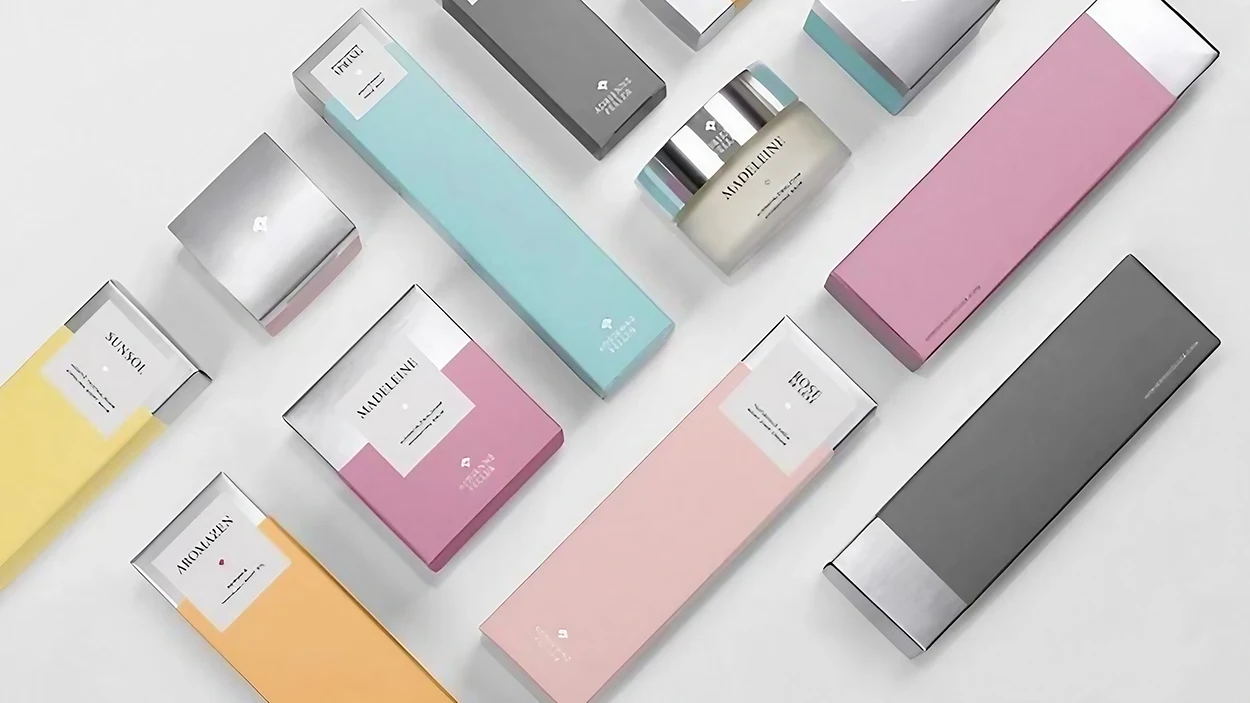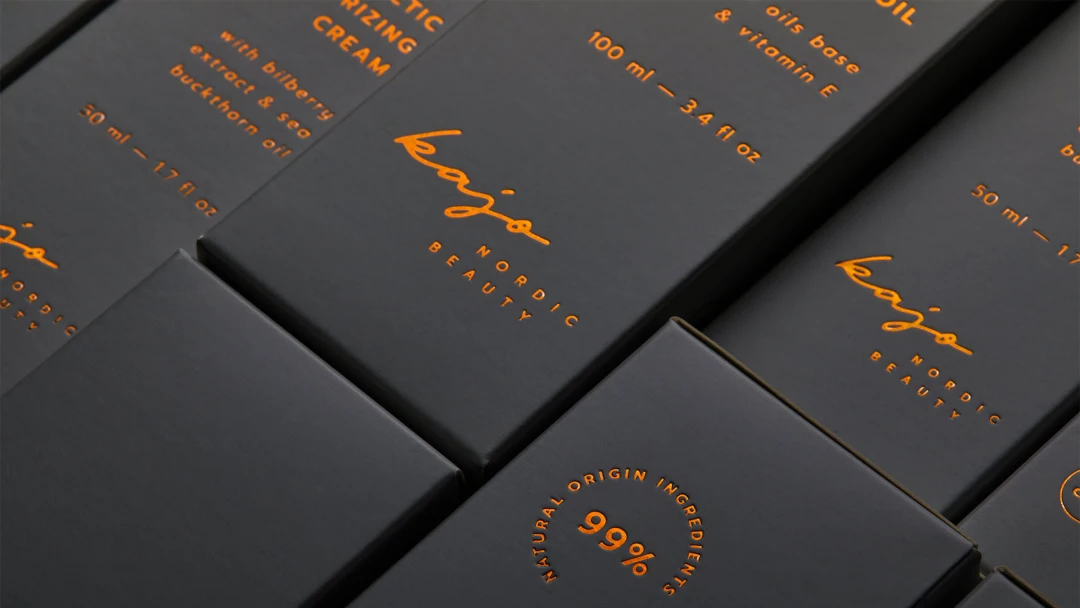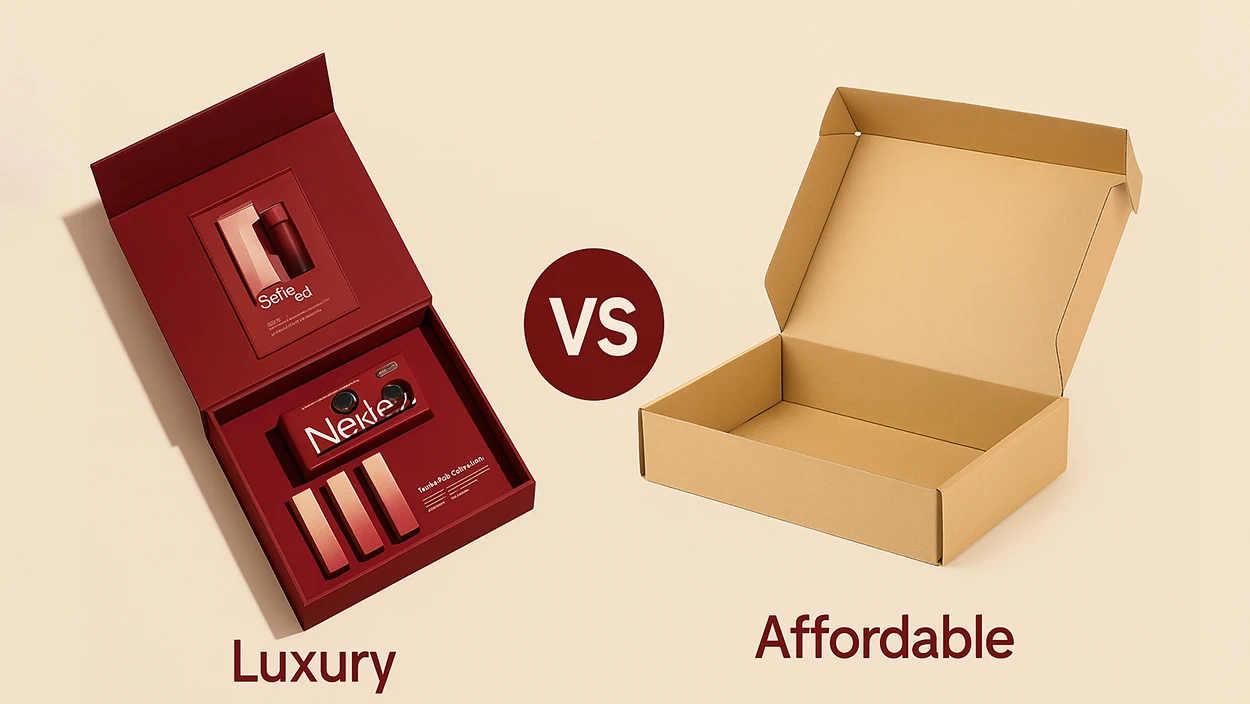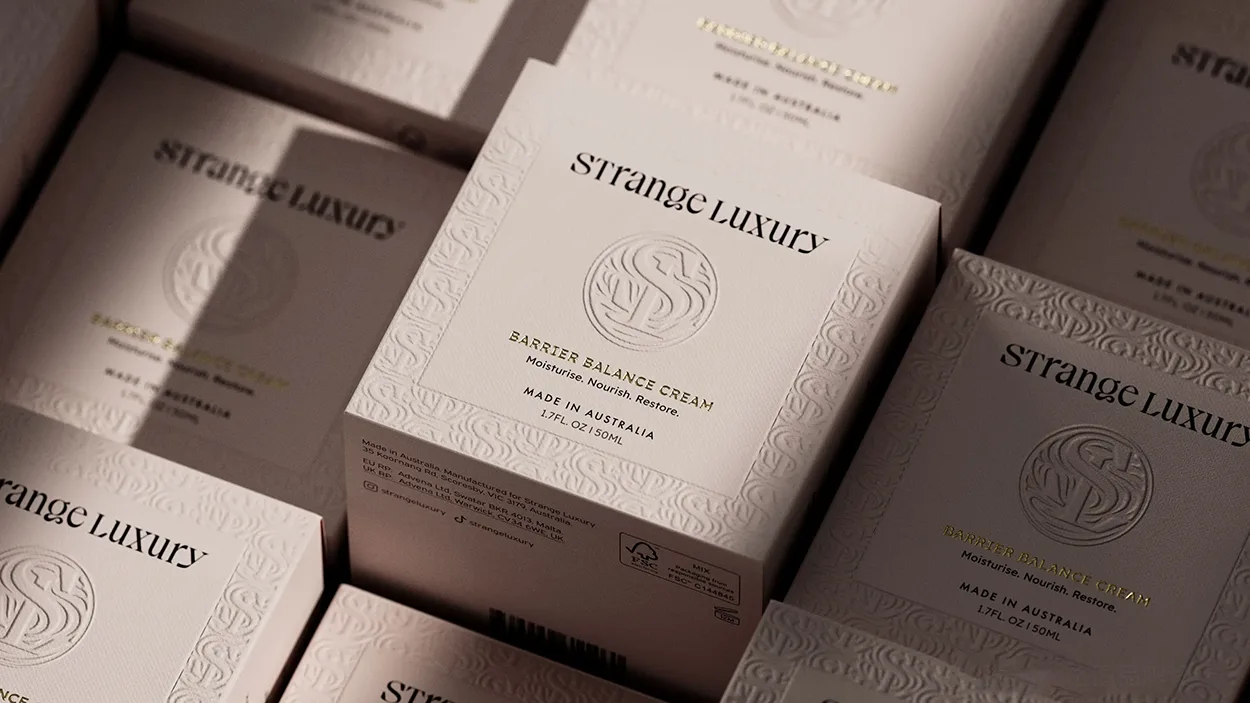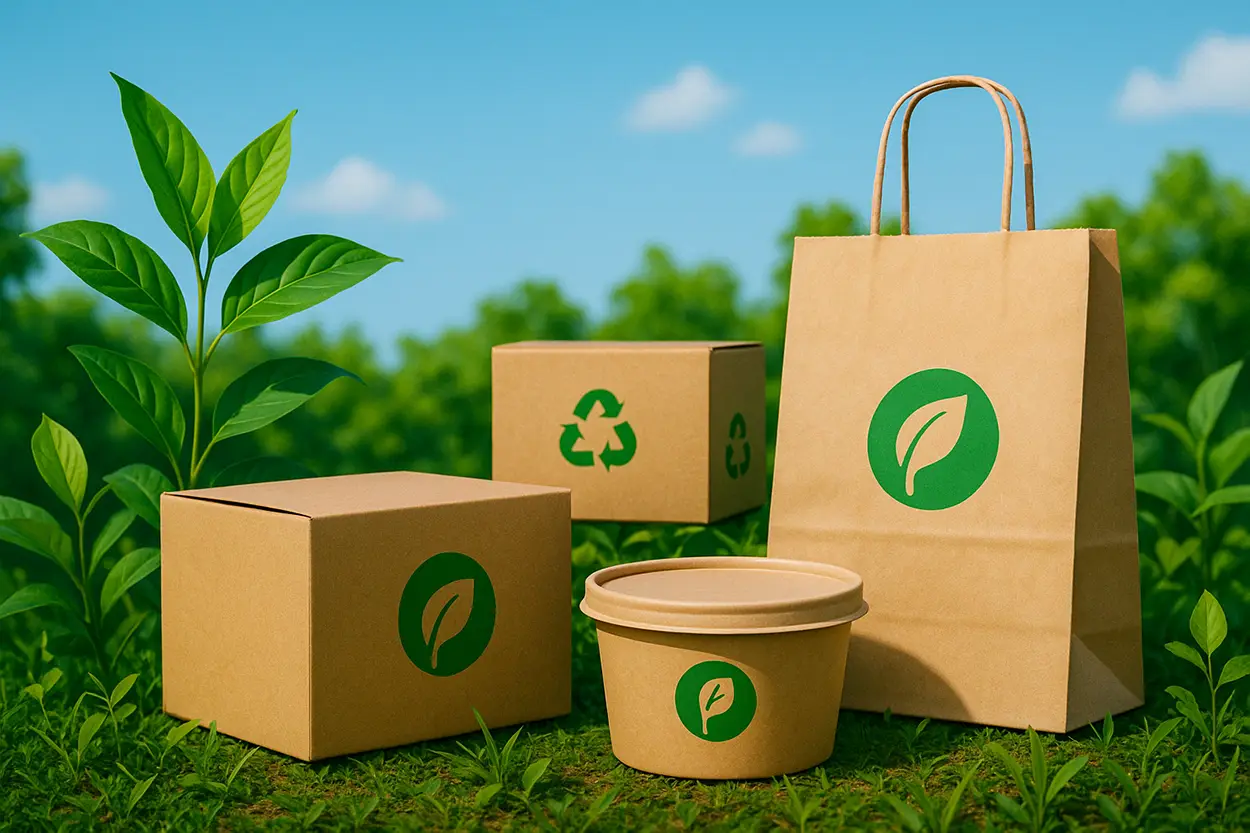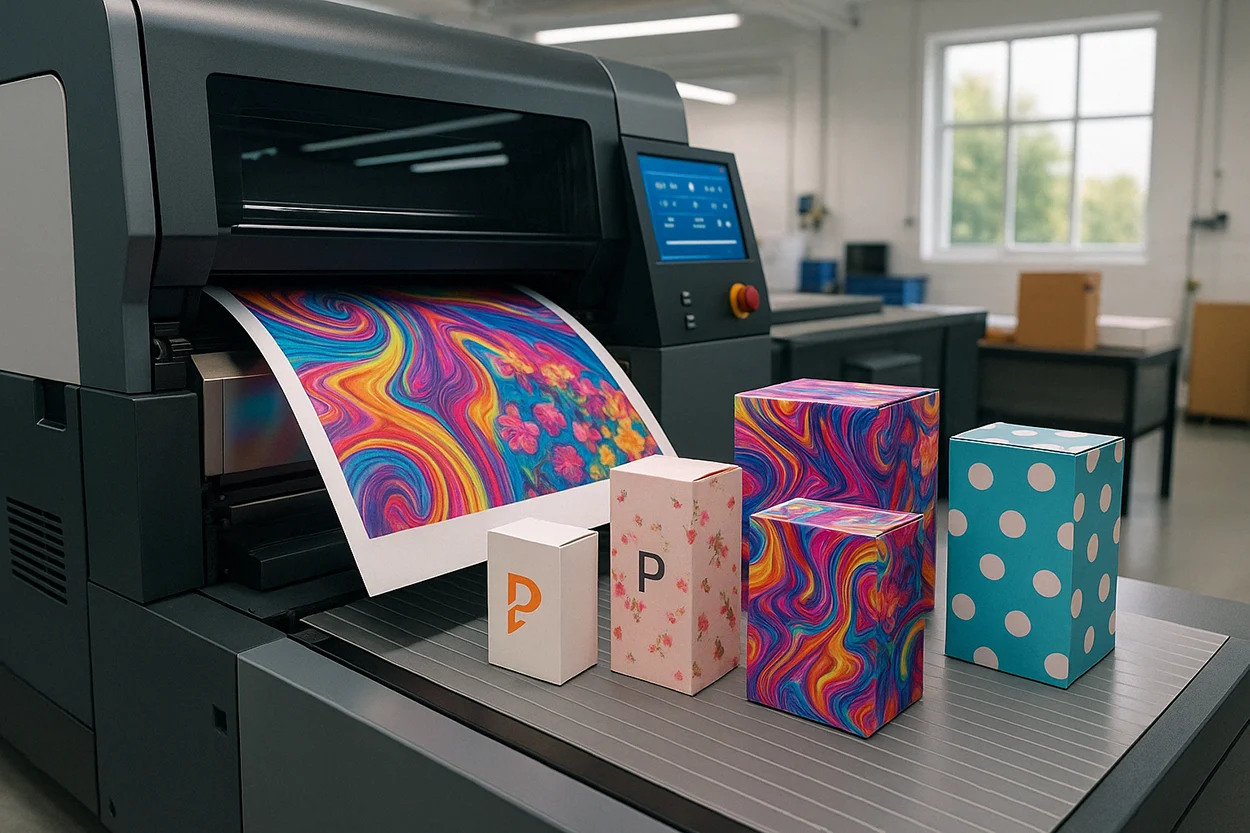The Critical Role of Retail Product Packaging
Retail product packaging plays a pivotal role in capturing consumer attention and differentiating brands in a competitive marketplace. Whether you’re selling gourmet chocolates, beauty products, or cutting-edge electronics, your packaging is often the first brand interaction a potential customer has. Research shows that 65% of consumers make purchasing decisions based solely on packaging design. This statistic underscores the importance of not just having a functional box or wrapper, but a compelling one that resonates with shoppers.
Packaging fulfills multiple functions simultaneously:
- Protection: Keeping products safe from physical damage, tampering, and spoilage.
- Communication: Conveying brand identity, messaging, ingredients, or usage instructions.
- Marketing: Captivating consumer interest, differentiating on the shelf, and encouraging trial or repeat purchases.
As we progress through this comprehensive guide, we’ll cover different types of retail product packaging, how to select materials, how to balance design aesthetics with functionality, and how to navigate sustainability and cost considerations. By the end, you’ll have a robust understanding of how packaging influences your brand’s success—and how to optimize it for long-term growth.
Understanding Retail Product Packaging: An Overview
In the most basic sense, retail product packaging is the container or wrapping that protects your product and carries your brand. But it’s so much more than a protection layer: a customer’s unboxing experience, the look of a product on a shelf, how easy that item is to transport—all these are influenced by the packaging. And with e-commerce having gone global and competition in stores increasing, packaging now has to meet more complex demands:
- Physical Durability: Your product can travel thousands of miles before it reaches a store shelf or a customer’s doorstep. The packaging has to be able to take jostling, changes in climate, and stacking in a warehouse.
- Visual Appeal: Packaging has to grab consumers’ attention in an instant, from color schemes to typography. In a busy retail environment, your packaging has only seconds to make an impression.
- Brand Storytelling: More than a logo, retail packaging should convey who you are—your brand’s ethos, tone, and promise.Are you eco-friendly? Are you luxurious? The materials, design elements, and copy on your packaging should reflect that.
- Regulatory Requirements: Depending on your industry, there may be legal mandates about nutritional information, ingredient lists, safety warnings, or barcodes.
In an environment where a single design flaw could mean lost sales or negative reviews, retail product packaging becomes not just a container but a vital aspect of product strategy.
Types of Retail Product Packaging
There is no one-size-fits-all solution when it comes to packaging. Different products require different structural designs, materials, and levels of protection. Let’s look at some of the most common packaging types:
Folding Cartons
Often made from paperboard, folding cartons are lightweight, cost-effective, and versatile. You might see them in cereal boxes, cosmetic packaging, and pharmaceutical products. They can be easily customized with eye-catching prints and finishes.
Rigid Boxes
Used for high-end products like smartphones, luxury perfumes, and designer accessories, rigid boxes offer sturdiness and a premium feel. They can be wrapped in specialty paper or other decorative materials, often featuring magnetic closures or ribbon pulls for an enhanced unboxing experience.
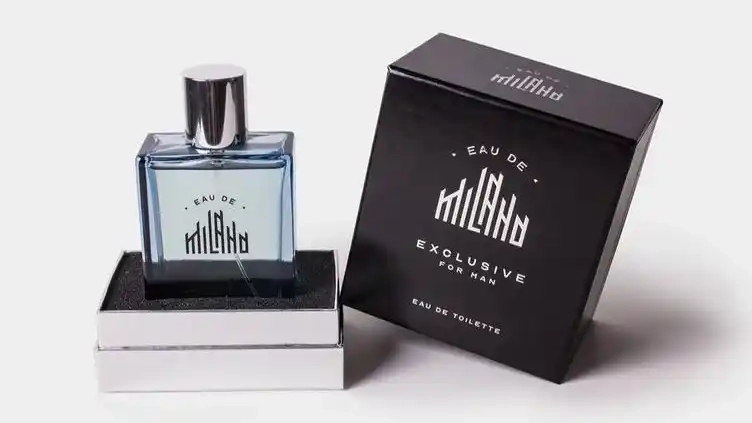
Blister Packs and Clamshells
Common in electronics, hardware, and toy packaging, blister packs and clamshells are typically made from transparent plastic. The product is sealed securely, making it visible to the consumer while also preventing tampering or damage.
Flexible Pouches
These are increasingly popular in the food industry (snacks, coffee, pet food) due to their light weight and resealable features like zip locks. Flexible pouches often use fewer materials than rigid containers, which can reduce environmental impact.
Corrugated Boxes
Corrugated cardboard boxes, often used for shipping or bulk packaging, come in various levels of thickness and strength. They provide excellent protection and can also be printed on for branding or informational purposes.
Each packaging type has its advantages and disadvantages in terms of cost, environmental footprint, and visual appeal. Selecting the right type depends on the product’s fragility, size, target audience, and price point.
Key Elements of Effective Retail Packaging Design
Design is not only about looking good, but also about functionality, brand communication, and compliance. Effectively designed packaging balances creativity with clarity, making sure that the product stands out but still meets all practical requirements.
Functionality & Protection
No matter how nice a box looks, its primary purpose is to keep the contents safe. If the product arrives damaged, there goes customer satisfaction and brand reputation. Functionality also means ease of opening. Frustration-free packaging may even be a selling point in itself, especially in the cases of older consumer groups or people with different disabilities.
Aesthetic Appeal & Brand Messaging
Packaging should visually communicate your brand’s identity:
- Color Schemes: Select colors that identify your brand or product category. For example, green may mean environmentally friendly, while gold or silver may convey luxury.
- Typography: A set of standard fonts will create a consistent brand appearance.
- Graphics & Imagery: Eye-catching graphics can capture consumers’ attention and make them choose your product from the shelf.
Your packaging must also communicate all the essential information about the product: size, amount, instructions for use, caution, or nutrition facts.
Regulatory Compliance
Rules differ depending on the industry. The packaging of food and beverage products usually bears ingredient lists and nutrition facts; some household goods bear hazard warnings. Noncompliance could result in fines and even product recalls, so attention should be paid to both local and international standards.
Influence on Consumer Decisions
Since 65% of consumers base their purchases on packaging design (GetDor blog post), brand owners have a substantial opportunity to drive conversion by investing in strong, eye-catching designs. Even small details, like embossed logos or spot UV on text, can greatly elevate perceived quality.
Materials Used in Retail Product Packaging: Balancing Durability and Sustainability
The material you choose impacts production cost, environmental footprint, and consumer perception. While some products need heavy-duty plastic to accomplish the task of protection, others can shine with something much simpler and more environmentally friendly.
Common Materials
- Paperboard or Cardboard: Lightweight, easily customizable, and recyclable. Ideal for folding cartons and lightweight product boxes.
- Plastics (PET, PVC, PP): Offer transparency and durability. However, single-use plastics have faced increasing consumer scrutiny due to environmental concerns.
- Glass: Often used for cosmetics, perfumes, and specialty food packaging. Glass conveys a premium feel but can be heavier and more breakable.
- Metal (Aluminum, Tin): Most common in canned foods and beverages. Metal packaging is sturdy and often recyclable, though it can add weight.
- Biodegradable Options: Materials like cornstarch-based plastics or sugarcane bagasse have emerged to meet consumer demand for reduced environmental impact.
Pros and Cons
Each material comes with trade-offs. Plastic may be cheap but carries a bad environmental image. Glass is luxurious and eco-friendly (since it can be endlessly recycled), but breakage risk and shipping costs are higher. Cardboard is versatile, eco-friendly, but may not provide enough protection for very fragile products. Balancing these factors is important in finalizing your packaging choice.
Link to Sustainability
Sustainability is no longer a niche concern; it’s becoming a mainstream priority. Recent data from Fortune Business Insights indicates over 70% of consumers are willing to pay more for sustainably packaged products. Whether you opt for recycled paper or biodegradable plastics, conveying that eco-conscious story on your packaging can be a strong selling point.
Innovative Printing and Finishing Techniques for Retail Packaging
After choosing the right structural design and materials, you can elevate your product’s shelf appeal through advanced printing and finishing options. These techniques can add texture, shine, or interactive elements that make your product stand out.
Advanced Printing Methods
- Offset Printing: Delivers high-quality, color-accurate prints, ideal for large-volume runs.
- Digital Printing: Suitable for smaller runs or fast turnarounds; can also facilitate variable data printing (e.g., personalized names or limited-edition runs).
- Flexographic Printing: Common for printing on corrugated boxes and flexible packaging. Offers speed and cost-effectiveness for high-volume jobs.
Finishing Options
- Spot UV: Highlights specific areas (e.g., logos) with a glossy sheen, creating a contrast against a matte background.
- Embossing/Debossing: Adds a tactile element by raising or recessing part of the design. Often used for logos or patterns.
- Foil Stamping: Uses metallic or holographic foil to create shiny accents. This method can signal luxury and quality.
- Soft-Touch Laminate: Creates a velvety feel that, as texture, consumers often associate with premium products.
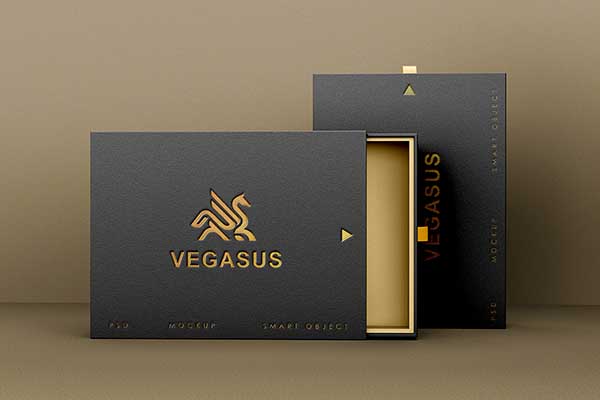
These techniques can reinforce your brand story. A nature-inspired brand might use earthy textures, while a modern tech gadget might feature metallic foils and futuristic patterns to convey innovation.
Sustainable Practices in Retail Product Packaging
As environmental awareness grows, many brands are turning to sustainable packaging solutions. Besides meeting consumer expectations, eco-friendly packaging can also lead to cost savings in the long run by reducing material use and waste.
Eco-Friendly Materials & Methods
- Recycled Paper & Cardboard: These materials generally have a smaller carbon footprint compared to new paper products.
- Bioplastics: Made from renewable biomass sources like corn starch, they can decompose faster than traditional plastics.
- Minimalist Packaging: Reducing excess layers and space can lower shipping weights and material costs, all while appealing to eco-conscious shoppers.
Brand Reputation
Incorporating environmentally friendly packaging is more than a moral choice—it’s a strategic one. Sustainable packaging can enhance brand reputation, boost customer loyalty, and help differentiate your products in a crowded marketplace. Showing customers that you’re mindful of your environmental impact often cultivates a deeper emotional connection, potentially turning them into advocates for your brand.
Examples of Global Initiatives
- Major corporations like Coca-Cola and Unilever have set high goals to make their packaging 100% recyclable or biodegradable by specific deadlines.
- Smaller, newer brands will sometimes build an entire identity around sustainability—using minimal or plastic-free packaging and proudly advertising the efforts on their boxes or website.
Cost Factors in Retail Packaging Production
While high-quality packaging can influence consumer decisions, your brand must also balance creativity with cost. Production expenses depend on variables like materials, design complexity, printing techniques, and order volume.
Influencing Variables
- Material Choice: Premium or specialty materials (e.g., glass, certain plastics, or exotic paper) cost more than basic cardboard or paperboard.
- Design Complexity: Adding multiple colors, embossed elements, or special coatings can raise printing costs.
- Order Volume: Larger print runs usually drive down the cost per unit, but require more upfront capital.
- Finishing Techniques: Options like foil stamping or soft-touch laminates add to production expenses.
Range of Costs
- Basic Cardboard Boxes: $0.50 to $1.50 per unit, generally used for simple, lightweight, and budget-conscious products.
- Premium Rigid Boxes: $3 to $5 per unit, common for luxury or high-end products where the packaging itself becomes part of the product’s perceived value.
Strategies for Cost Optimization
- Bulk Ordering: Larger orders spread fixed costs over a greater quantity, reducing the per-unit price.
- Smart Material Selection: Opt for cost-effective but durable materials, or mix premium finishes strategically—such as foiling only on the logo rather than the entire box.
- Supplier Negotiations: Building a solid relationship with a supplier can lead to discounts, especially if you consistently place high-volume orders.
Latest Trends in Retail Product Packaging for 2025
To stay ahead, it’s crucial to keep an eye on emerging trends. The packaging landscape evolves quickly with changes in consumer behavior, technology, and environmental regulations.
Personalization & Customization
Brands are increasingly offering personalized packaging experiences—think limited-edition box art, names printed on labels, or seasonal theming. Digital printing technologies make this feasible and can foster a deeper connection with customers.
Smart Packaging
Technology and packaging are converging. Smart packaging may incorporate:
- NFC Tags/QR Codes: Scanned by smartphones for additional product information or special promotions.
- Augmented Reality (AR): Animated visuals appearing on a user’s phone when they point the camera at the packaging, adding an interactive storytelling layer.
Minimalism & Recyclability
An ongoing shift toward “less is more” design is evident across many industries. Simple color schemes, bold typography, and minimal text can make a striking statement on shelves. Additionally, easily recyclable materials or minimal packaging can also help brands display eco-conscious values.
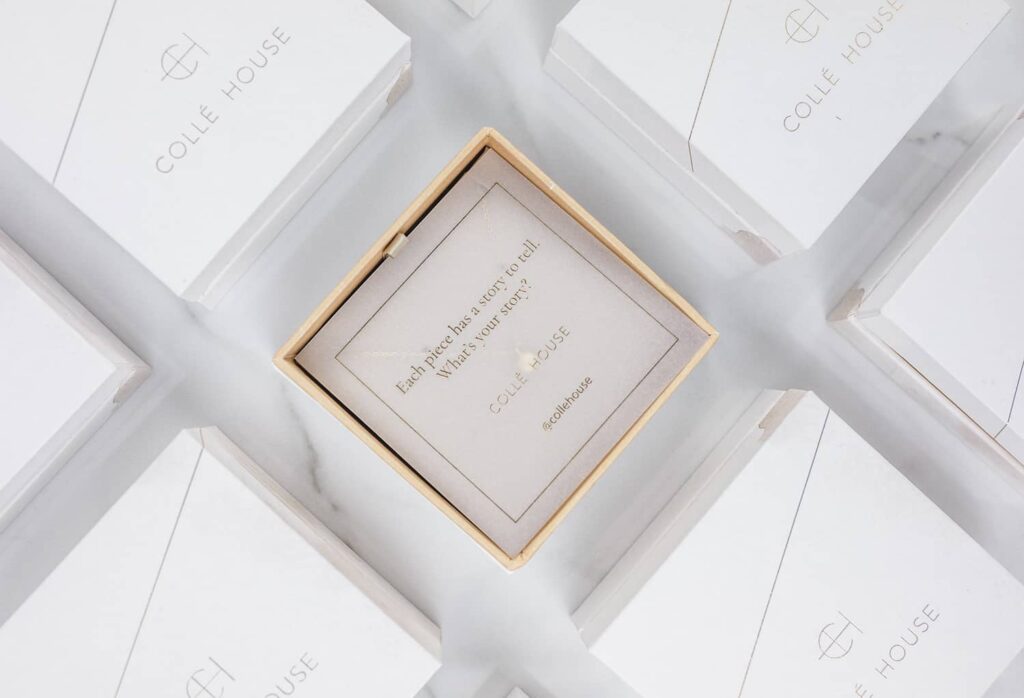
Sustainable Materials
From compostable plastics to paper wraps derived from agricultural waste, innovative materials continue to surface. Given that the global retail ready packaging market was $88.74 billion in 2023 and is projected to reach $140.02 billion by 2032 at a 5.29% CAGR (Fortune Business Insights), these green-focused solutions will become more prevalent as consumers and governments impose higher standards for environmental stewardship.
Choosing the Right Packaging Supplier for Your Retail Products
Finding a packaging supplier you can trust is vital for maintaining product quality, cost control, and timely delivery. A poorly chosen supplier can lead to missed deadlines, sub-par materials, and a tarnished brand reputation.
Key Criteria
- Quality & Reliability: Examine sample products or prototypes for durability, printing accuracy, and color consistency.
- Scalability: Ensure the supplier can handle your anticipated growth or seasonal demand spikes.
- Sustainability: If eco-friendly packaging is a priority, ask about recycled materials, energy use, and waste management practices.
- Pricing & Payment Terms: A competitive price with clarity to avoid hidden costs and ensure great payment terms for better cash flow.
Vendor Vetting Process
- Request Samples: Physical samples let you check print quality, material thickness, and finishing techniques.
- Compare Quotes: Gather multiple estimates to gauge the market rate and evaluate value for money.
- Check References: Ask for client testimonials or case studies, and look for online reviews.
- Evaluate Communication: A responsive, proactive supplier can quickly address challenges, ensuring smooth project execution.
A dependable packaging partner is not just a vendor but a collaborator invested in helping your brand thrive. Investing time in choosing the right one can save countless headaches—and costs—down the road.
Measuring the Impact of Packaging on Retail Success
The best packaging strategy also has to be measured for its effectiveness. You can then take that information and make more changes, finally perfecting the strategy over time.
KPIs & Metrics
- Sales Lift (Pre- vs. Post-Packaging Redesign): Compare sales of your product pre- and post-packaging redesign.
- Conversion Rates (Brick-and-Mortar & E-commerce): Track the number of consumers who pick up your product in-store or add to cart online under the influence of packaging cues.
- Social Media Sentiment & Unboxing Reviews: Monitor platforms like Instagram, YouTube, and TikTok, where consumers often share their unboxing experiences. Positive mentions signal strong packaging appeal.
- Return Rates: If returns due to damage decrease after upgrading your packaging, that’s a tangible ROI on quality improvements.
Customer Feedback Loops
- Surveys & Focus Groups: Ask consumers directly what they like or dislike about your packaging.
- Review Platforms: Keep an eye on Amazon or other e-commerce sites for feedback on packaging (e.g., if it was too hard to open or arrived damaged).
- In-Store Observations: Work with retailers to see how customers interact with your product on the shelf.
When you can quantify improvements in sales, customer satisfaction, and brand perception, you have a clear picture of how packaging contributes to overall success.
Frequently Asked Questions About Retail Product Packaging
What is retail product packaging?
Retail product packaging refers to the container or wrapping that encloses and protects a product. It also serves as a visual and brand communication tool, influencing how consumers perceive the product and often driving purchase decisions.
Why is packaging important in retail?
Packaging is crucial because it safeguards the product, ensures regulatory compliance, and significantly impacts consumer buying behavior. Effective packaging can build brand recognition, convey essential product details, and create memorable unboxing experiences.
What are the key elements of effective retail packaging?
Functionality, aesthetic appeal, brand messaging, and regulatory compliance are the cornerstones of strong packaging. Balancing these elements ensures your product not only looks great but is also protected and market-ready.
How can I make my product packaging stand out?
Use distinctive design choices such as bold colors, high-quality finishes like embossing or foil stamping, and interactive elements like QR codes or AR experiences. Clear brand messaging and storytelling can also captivate and inform shoppers.
What are common materials used in retail packaging?
Paperboard, plastic, glass, metal, and biodegradable materials are among the most popular choices. The decision depends on factors like cost, durability, sustainability goals, and product compatibility.
How does sustainability affect retail packaging choices?
As consumers grow more eco-conscious, brands are opting for recyclable, biodegradable, or compostable materials. Sustainable packaging can enhance brand reputation, demonstrate corporate responsibility, and often reduce waste-related costs.
How much does retail packaging cost?
Costs vary based on materials, design complexity, finishing techniques, and order volume. Basic cardboard boxes might cost $0.50 to $1.50 per unit, while premium rigid boxes could range from $3 to $5 per unit.
Conclusion: Maximizing Retail Success with Effective Packaging
Retail product packaging has transcended its traditional role of mere protection. It’s now an integral part of brand storytelling, consumer engagement, and sustainability. Today’s retail environment is dynamic and fast-paced, with new materials and technologies emerging regularly to shape how brands connect with their audience. In fact, the global retail ready packaging market—valued at $88.74 billion in 2023—is projected to reach $140.02 billion by 2032 at a 5.29% CAGR (Fortune Business Insights).
Whether you’re a startup planning your first product launch or an established company looking to refresh a legacy brand, effective packaging can boost shelf appeal, safeguard the product during shipping, and ultimately drive consumer loyalty. Keep in mind the core pillars:
- Material Selection: Balancing functionality, cost, and eco-friendly principles.
- Design Strategy: From color palettes to typography to advanced finishing techniques.
- Supplier Collaboration: Finding a reliable partner who can deliver consistently high-quality results.
- Measurement & Improvement: Tracking sales, feedback, and return rates to continually refine your approach.
By staying informed about evolving consumer preferences—especially around sustainability—and embracing innovative design and printing technologies, your retail product packaging can become a formidable asset in increasing market share and resonating with your target audience. The packaging you choose can be a decisive factor in creating memorable brand experiences that keep customers coming back time and again.
Contact for a Free Consultation!



